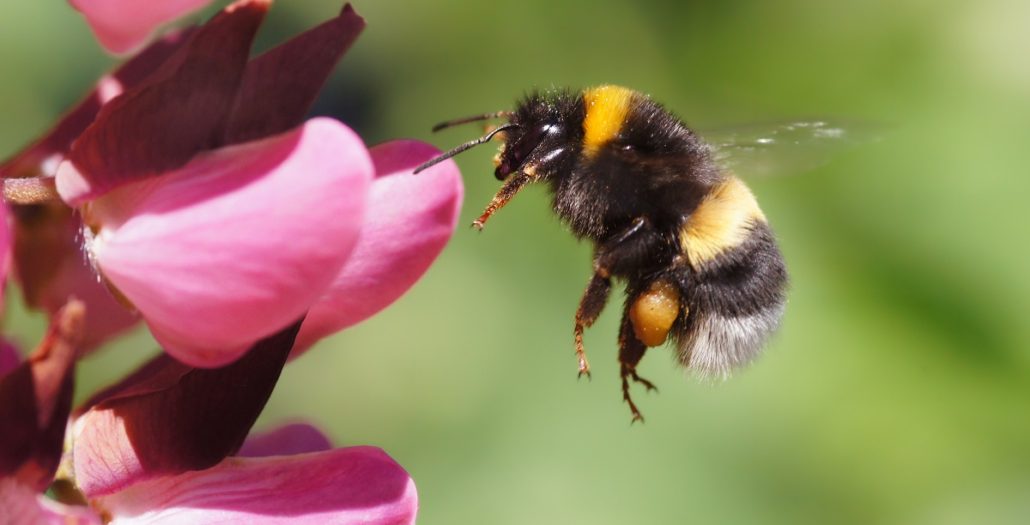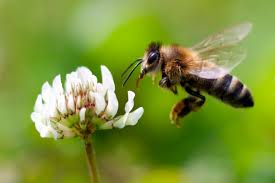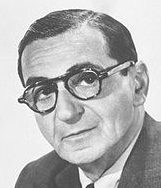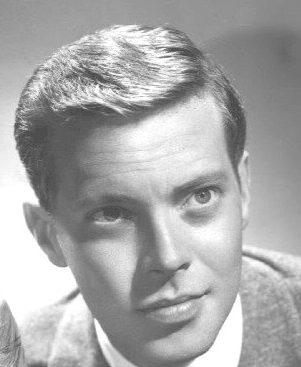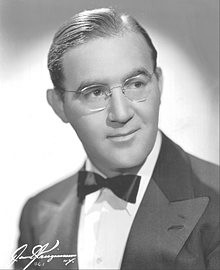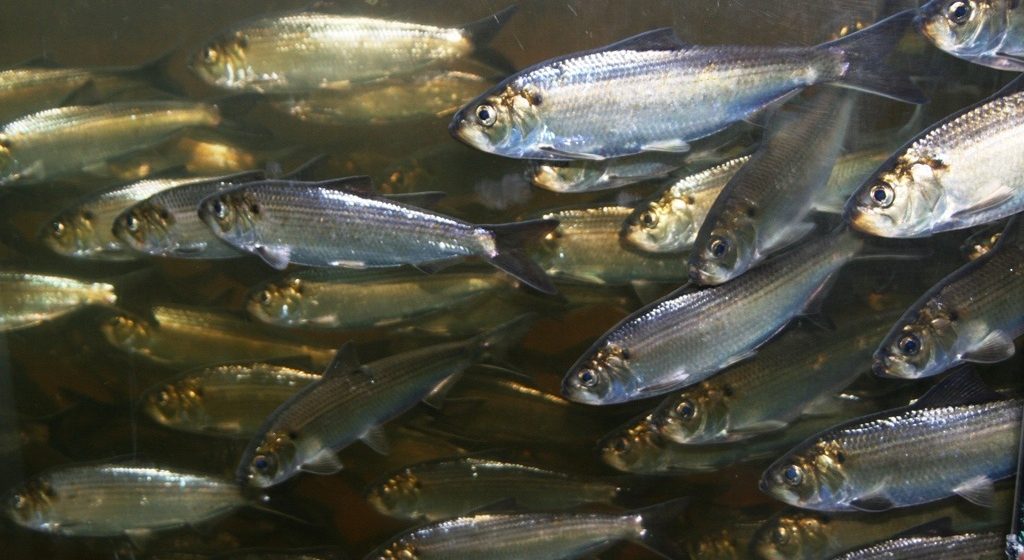
I love technology. I hate technology. I just can’t decide.
When I was a boy, I dreamt of moving up to the mountains and living in the hollowed-out trunk of a redwood tree, making rabbit snares from deer tendon and barbed wire. Then Dad brought home our first computer. Now, I panic when the lights flicker and fret over whether I have enough gas for the generator.
Recently, I ‘liked’ a post on Facebook from a Californian cousin. He had shared an article from The Washington Post about a product that has been introduced into more than 600 American schools meant to reduce cell phone use by students. The idea is pretty simple. Each student receives an opaque, nylon case just big enough to hold a cell phone. On the open end of the pouch is a magnetic clasp. When touched to a special ‘magnetizer,’ the clasp is magnetized and becomes impossible to open. The students remain in possession of their phones at all times, but cannot see or access them while they are locked away in the nylon pouch. At the end of the school day, the students touch the cases to the special magnetizer again, which this time de-magnetizes the clasps, once again giving students access to their phones.
The program has been an unsurprising success. Grades have gone up, behavior problems have dropped, and people have started talking to one another again. What a great idea, I thought. They should implement this in every school!
Then another school shooting happened in Parkland, Florida. In its aftermath, the first thing many of those kids did was text their parents to let them know they were okay. And I thought, What if all those kids had had their phones locked away?
Whether it’s technology or just life that refuses to be free of rough edges, I don’t know. Technology has certainly invaded our society and isn’t going away anytime soon. I’m sure the first guy to invent a fork thought it was a great idea right up to the moment when his neighbor took it and stabbed him in the eye. How long before a shooter enters a school with a signal-locating device and goes on a hunting trip?
When I graduated from high school in 1993, school shootings were unheard of and the Internet was as yet in it’s infancy. My first year of college I still wrote letters home to my parents. Only the computer lab had a connection to something we might recognize as the Internet. However, things were moving fast and the following year Netscape, the first popular browser, was released. Then in 1995, an online bookstore launched called Amazon.com, and I was hooked.
It was the dawn of the technological revolution, and for me, a time of discovery. The ability to find information on anything, talk to people from half a world away, and engage in discussions on topics considered taboo in the circles I’d grown up in, was integral to my emergence into young adulthood. I remember thinking at the time: This will change the world! This will banish old superstitions and produce an educated population like never before!
Oh, how naive I was.
The Internet, like any tool, has a variable impact depending on how we wield it. On the one hand, it offers knowledge at your fingertips. On the other, it is cluttered with misinformation. And while we can choose to use it to expose ourselves to challenging views and evidence-based information, the Internet is also designed to cater to our biases.
Take Facebook or Twitter, for example. They are basically set up as digital versions of a high school clique, with posts judged by the number of ‘likes’ they receive, rather than the validity of their content. Shouting is encouraged, and gossip trends faster than facts.
Social media gives us additional tools to customize our feed by snoozing or unfollowing anyone that might annoy us. Over time, our choices feed into an advanced algorithm whose job it is to ensure our experience is as pleasant as possible. God forbid we might encounter something that challenges our established beliefs!
And the entire internet is like this, allowing us to filter the information we receive: follow certain people on Twitter and block others; customize your search results so you don’t have to see objectional content; tweak your spam filter so you won’t need to look at anymore emails about erectile dysfunction.
Am I proposing we eliminate these filter options? Hell, no! But in small and subtle ways the internet encourages us to customize our flow of information so that the world we see is not the ‘real’ one, but instead a version that is tailored specifically to us. The overall effect is to emphasize our specific individuality at the expense of our collective commonality.
In some ways, technology has united us like never before. In others, it constantly divides us.
Most of the news websites that have cropped up since the Internet’s inception present a strictly liberal or conservative viewpoint. What you see on cable news is 90 percent opinion and 10 percent news – a complete flip-flop from decades past. It seems the era of news neutrality is over.
Smaller, local newspapers still tend to be bipartisan affairs, mostly out of the necessity to cater to a mixed, localized audience. But when you can build your niche from people from all over the world, the narrowest viewpoints still find a sizable audience.
This ability of the Internet to validate even the most fringe views often blows political differences out of all proportion. And by empowering us to customize the information we see to such a granular level, it allows us to create ever narrower filter-bubbles in which to live. Jesse Singal, writing in an Op-Ed for the New York Times, put it nicely: “What social media is doing is slicing the salami thinner and thinner, as it were, making it harder even for people who are otherwise in general ideological agreement to agree on facts about news events.”
The Internet’s ‘ability to divide’ is seeping into our society and symptoms are popping up everywhere. Our politics have never been so partisan – and it’s not just the politics. The narratives spun by each side are like alternate realities. Flipping between CNN and Fox News will leave you with the frightening feeling you’ve just glimpsed a parallel world.
The sad part is that we are doing this to ourselves; technology is just the tool we’re using to dig the chasm that divides us. The scary part is that technology tends to accelerate cultural change, both the good and the bad; and at the pace we’re moving, the near future is not looking good. We’re facing total gridlock at best, a cultural civil war at worst.
The problem with the old world was that it was too easy to live in a localized bubble and care little for what was happening a world away. The problem with this new world is that it’s too easy to live in a filter-bubble of our own creation and forget to talk to the people sitting right next to us.
Eric Austin lives in China and writes about technology and community issues. He can be reached by email at ericwaustin@gmail.com.
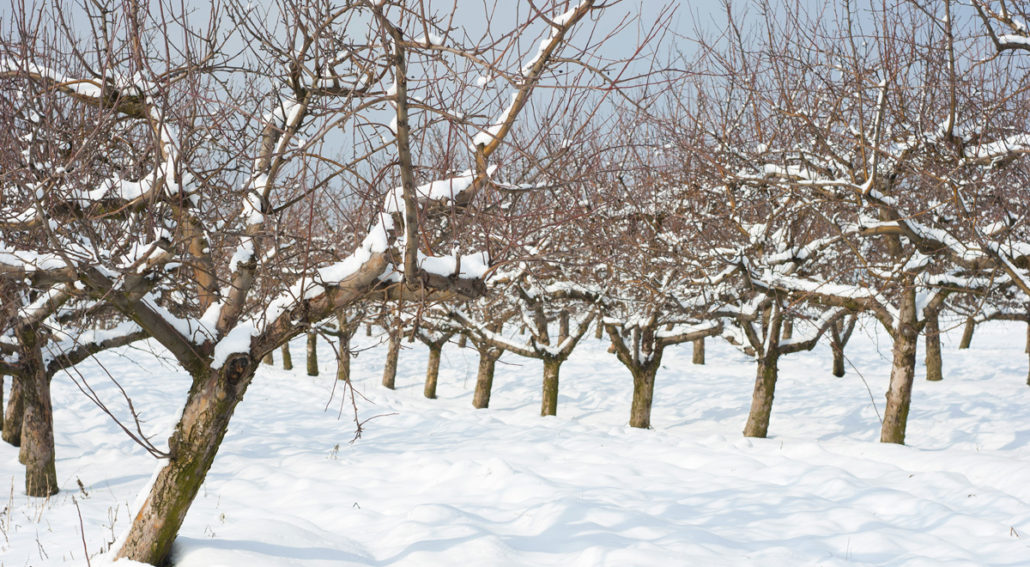
 by Emily Cates
by Emily Cates

 (NAPSI) — Flu season is upon us and the Centers for Disease Control and Prevention (CDC) wants patients and families to remember that prescription antiviral drugs, not antibiotics, are the treatment for influenza (flu). Antibiotics do not treat viruses that cause colds and the flu. They are only needed for treating certain infections caused by bacteria.
(NAPSI) — Flu season is upon us and the Centers for Disease Control and Prevention (CDC) wants patients and families to remember that prescription antiviral drugs, not antibiotics, are the treatment for influenza (flu). Antibiotics do not treat viruses that cause colds and the flu. They are only needed for treating certain infections caused by bacteria.